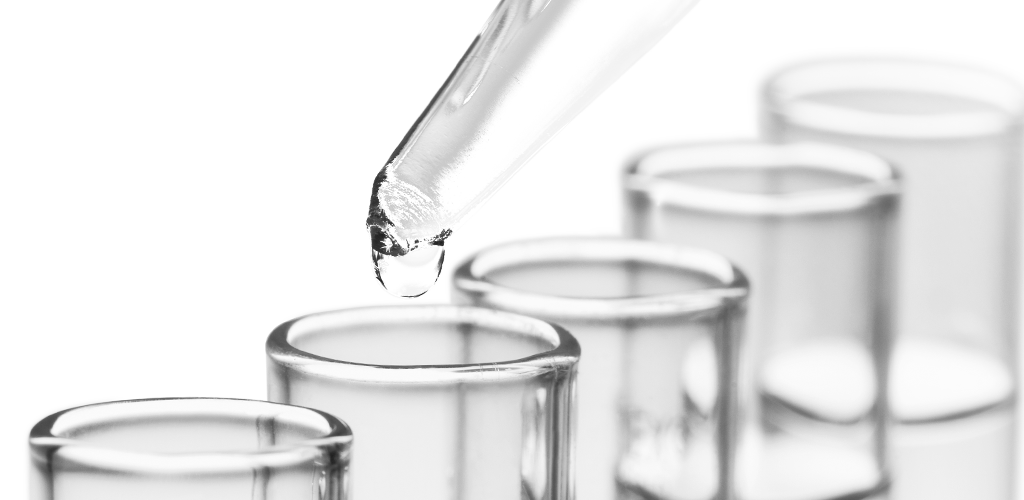Protein S
Biochemistry
| Molecular weight | 69.000 Da | |
|---|---|---|
| Half-life | 24 - 58 hours | |
| Plasma concentration | Protein S total Free Protein S
Functional Protein S | 20 - 25 mg/l, 60 - 120% 7 - 10 mg 23 - 49% of total Protein S 60 - 120% as normal plasma. |
| Synthesis | Liver cells, endothelium, megakaryocytes | |
Protein S is a vitamin K-dependent protein and serves as cofactor of activated Protein C in the inactivation of the coagulation factors Va and VIIIa. It mediates the binding of APC and factors Va and VIIIa to the phospholipids in the presence of calcium ions. In normal plasma approximately 40% of total Protein S circulates as free molecule, whereas 60% is in complex with C4b binding protein, a plasma protein of the complement pathway. Both forms are in balance with each other, however, only the free Protein S is active.
Clinical significance
A differentiation is made between a hereditary heterozygous Protein S deficiency and an acquired deficiency. The hereditary deficiency is subdivided into three types:
Type I:
- Reduced (total and free) Protein S antigen concentration
Type II:
- Normal (total and free) Protein S antigen concentration, however, reduced activity
Type III:
- Reduced antigen concentration (free Protein S)
- Reduced activity
- Normal antigen concentration (total Protein S)
A homozygous deficiency is rare. The clinical symptoms are expressed mainly in venous thromboembolic diseases, surface thrombophlebitis and arterial occlusions. A vitamin K-deficiency, an oral anticoagulant therapy, pregnancy, or the use of oral contraceptives could be the cause of an acquired Protein S deficiency. Acquired Protein S deficiency is more rare than acquired Protein C deficiency. As Protein S is also formed in the endothelium, deficiency caused by liver disease is not very pronounced. The same applies for DIC.
Indication
- Suspected hereditary or acquired Protein S deficiency
- Diagnosis of thrombophilia
Literature
- Dahlbäck B. Protein S and C4b-Binding Protein: Components involved in the regulation of the Protein C Anticoagulant System. Thromb Hemost 66, 49-61, 1991.
- Zöller D et al. Evaluation of the relationship between protein S and C4b binding protein isoforms in hereditary protein S deficiency demonstrating type I and type III deficiencies to be phenotypic variants of the same genetic disease. Blood 85, 3524-31, 1995.
- Faioni EM et al. Free Protein S Deficiency Is a Risk Factor for Venous Thrombosis. Thromb Haemost 78, 1343-6, 1997.
- Simmonds R et al. Clarification of the Risk for Venous Thrombosis Associated with Hereditary Protein S Deficiency by Investigation of a Large Kindred with a Characterized Gene Defect. Ann Intern Med 128, 8-14, 1998.
- Giri T et al. A New Direct, Fast and Quantitative Enzyme-linked Ligandsorbent Assay for Measurement of Free Protein S Antigen. Thromb Haemost 79, 767-72, 1998.
- Giri T et al. Deficient APC-cofactor activity of protein S Herleen in degradation of factor Va Leiden: a possible mechanism of synergism between thrombophilic risk factors. Blood 96, 523-531, 2000.
- Leroy-Matheron C et al. Influence on the nt 2148 A to G Substitution (Pro 626 Dimorphism) in the PROS1 Gene on Circulating Free Protein S Levels in Healthy Volunteers-Reappraisal of Protein S Normal ranges. Thromb Haemost 83, 798-9, 2000.

